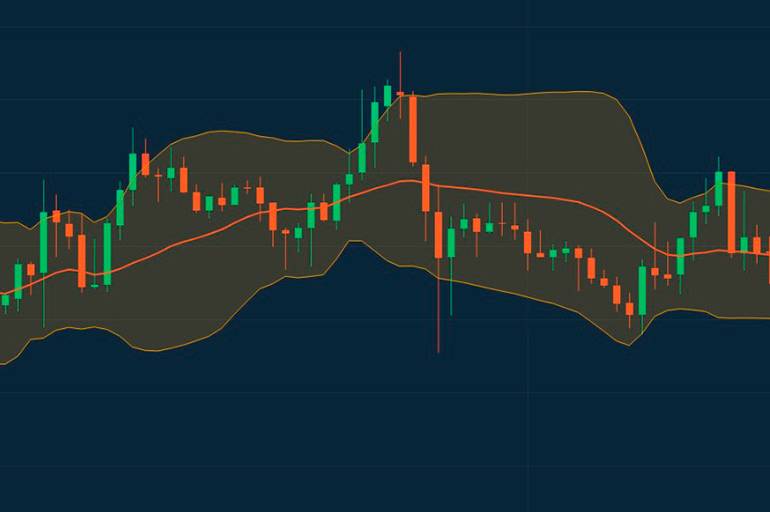Bollinger Bands Secrets! – Analytics & Forecasts – 2 September 2023
Bollinger bands are a volatility indicator, used by traders to identify areas of support and resistance and areas in which an asset might be experiencing increased or decreased volatility. Bollinger bands are calculated from three lines drawn onto a price chart.
The first is the simple moving average (SMA) of an asset’s price over a given period – usually 20 days. The upper band is the SMA plus two standard deviations which have been multiplied by two, while the lower band is the SMA minus two standard deviations which have been multiplied by two.
The exact method for calculating the different Bollinger bands is as follows:
- The upper band = 20-day SMA + (20-day standard deviation multiplied by 2)
- The lower band = 20-day SMA – (20-day standard deviation multiplied by 2)
- The SMA is calculated by adding up the closing prices in a set period and dividing that number by the total number of periods

Many traders use Bollinger bands to indicate areas of market volatility – and they assume that the more the bands deviate from the SMA, the more volatile the underlying market. In contrast, if the bands are narrow then many traders take this to show that the underlying market price is stable.
When the bands widen, traders refer to it as a Bollinger bounce and believe that it is indicative of an upcoming retracement. Narrowing bands are known as a Bollinger squeeze and this is taken to indicate an upcoming breakout in the underlying asset.
Bollinger bands are a lagging indicator, which some consider to be a drawback. This means that they seek to confirm trends rather than predict future market movements. Indicators which seek to predict future market movements are known as leading indicators, and these include the relative strength index (RSI) or the stochastic oscillator.
However, lagging indicators such as Bollinger bands can be used to confirm a trend before entering a position, although this is most effectively done in conjunction with other technical indicators. This means that a trader might miss out on the start of a trend, but they still stand to profit once they have used a lagging indicator, or a collection of lagging indicators, to confirm the trend.
If you don't like the standard Bollinger Bands, you can try the Exclusive Bollinger.
Exclusive Bollinger for MetaTrader 4 : https://www.mql5.com/en/market/product/24336
Exclusive Bollinger for MetaTrader 5 : https://www.mql5.com/en/market/product/25318


Comments are closed.